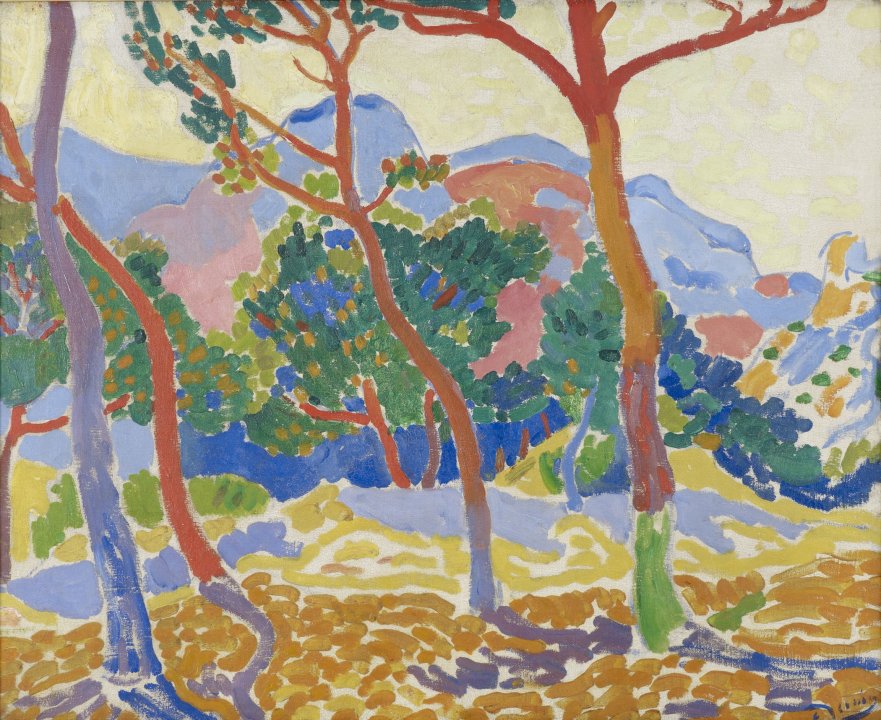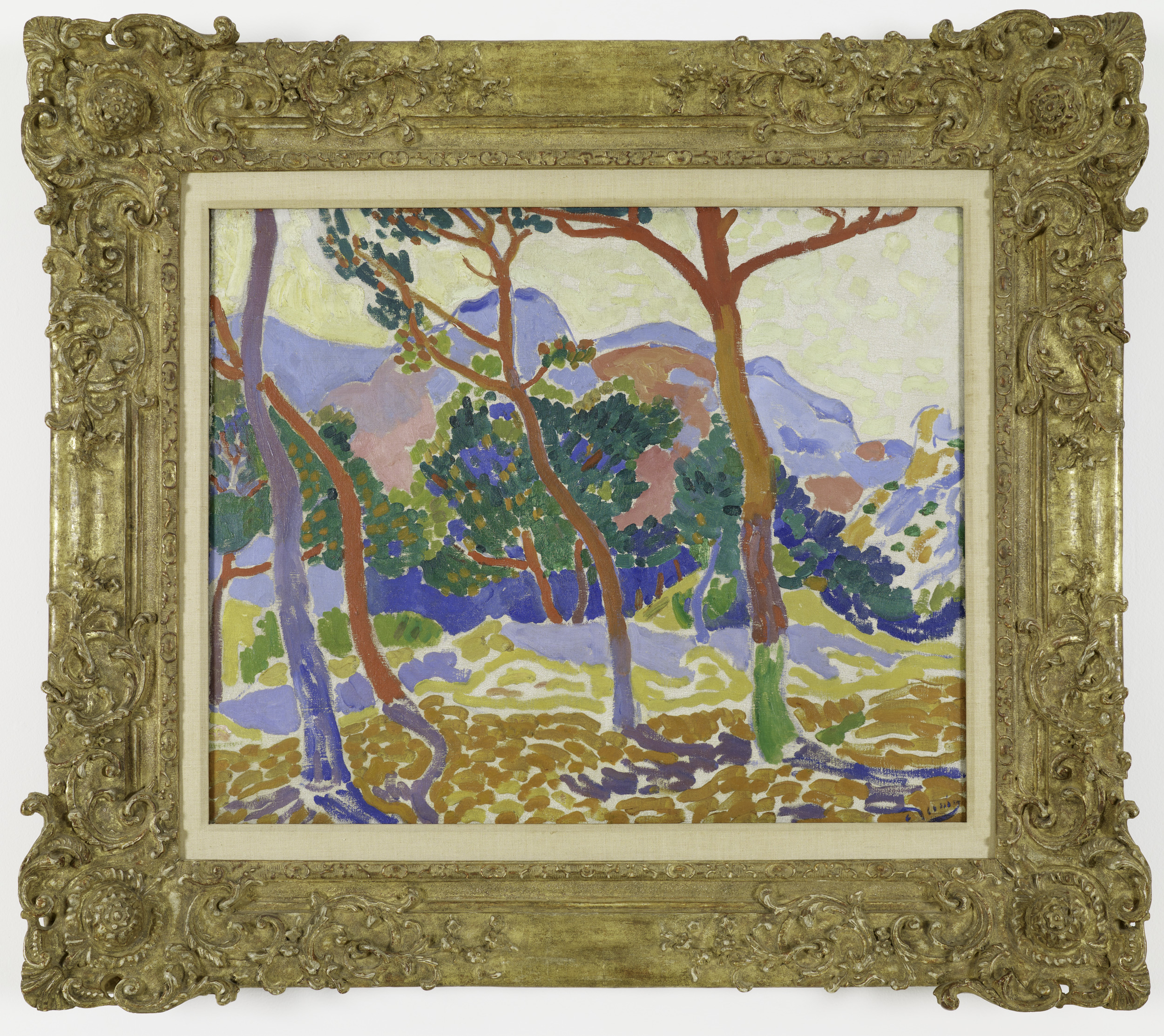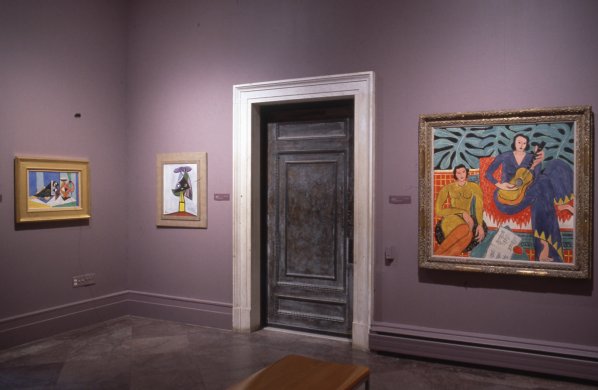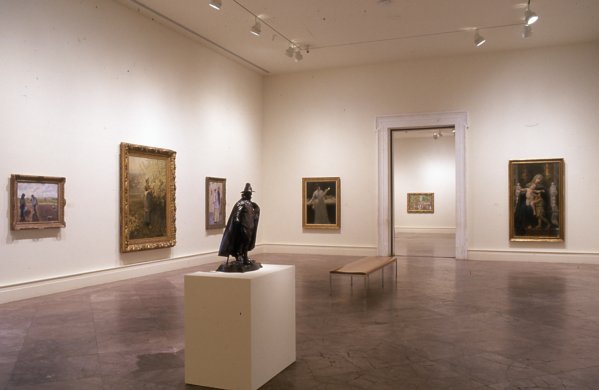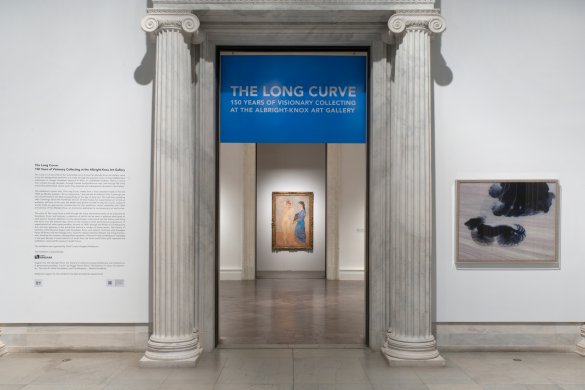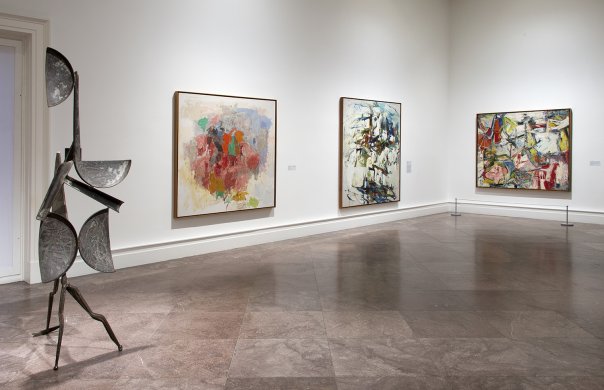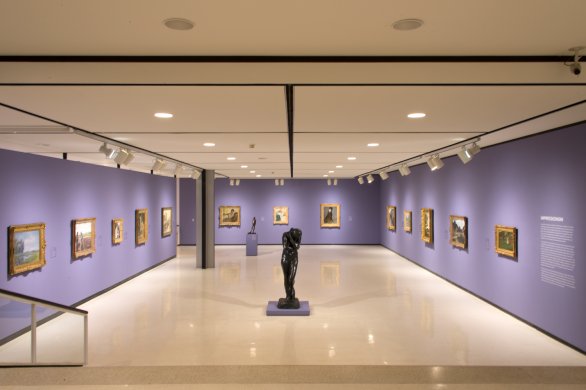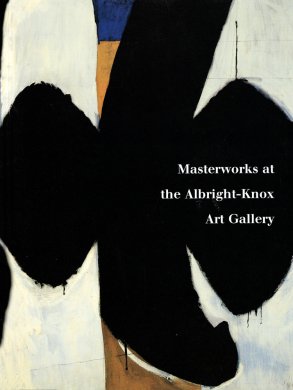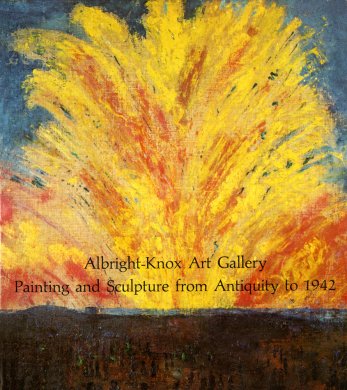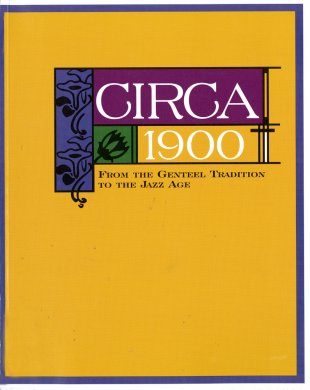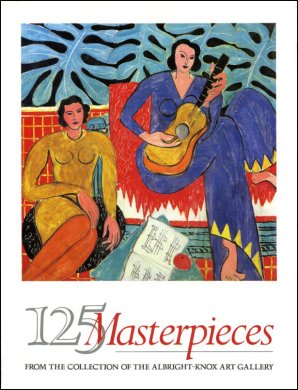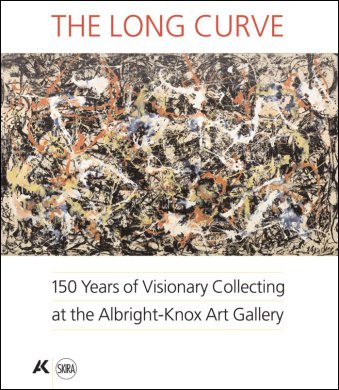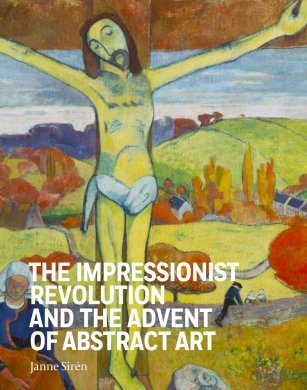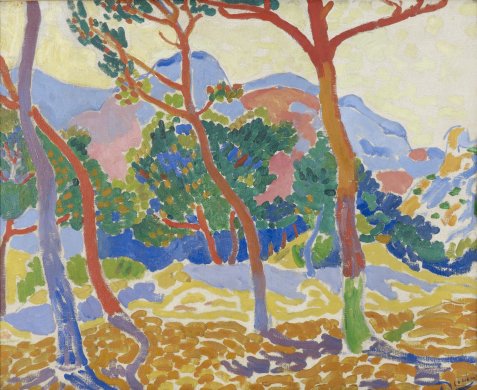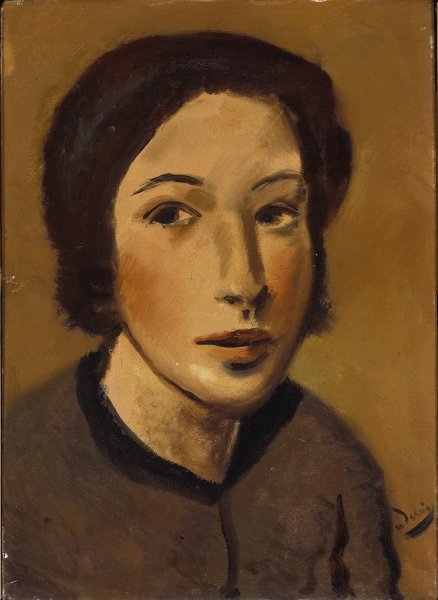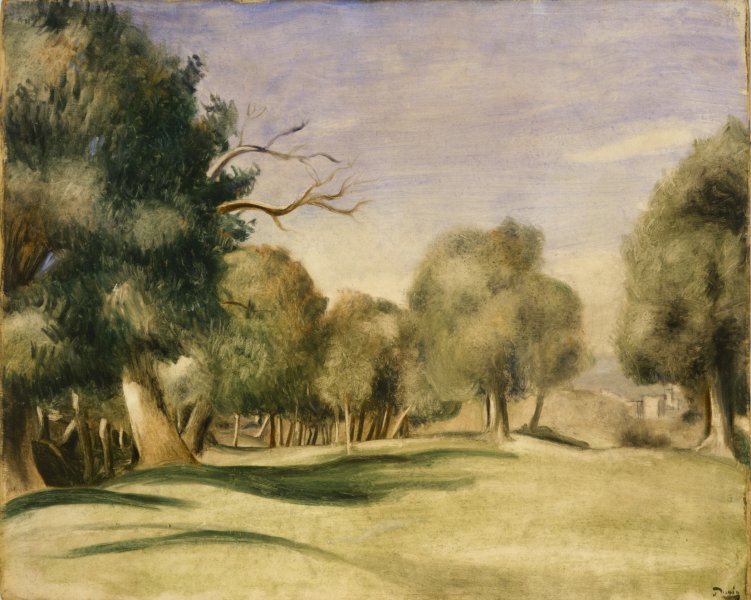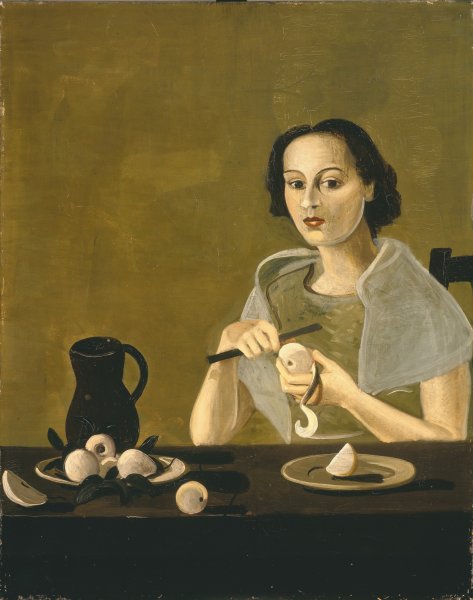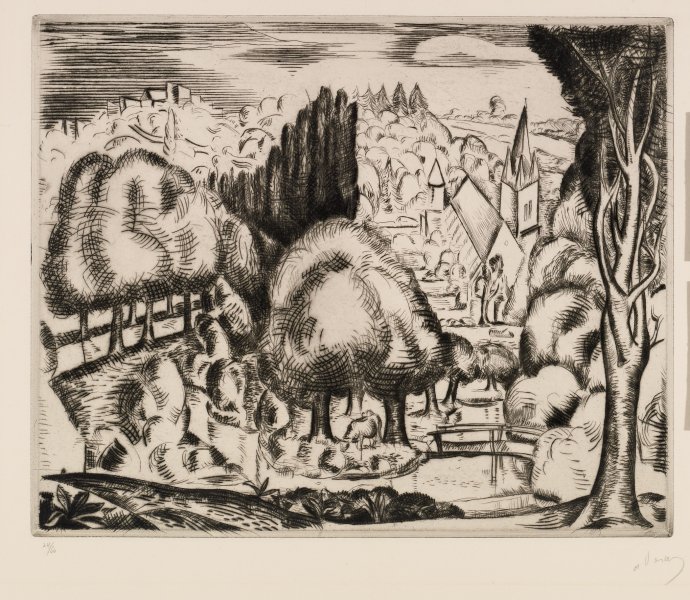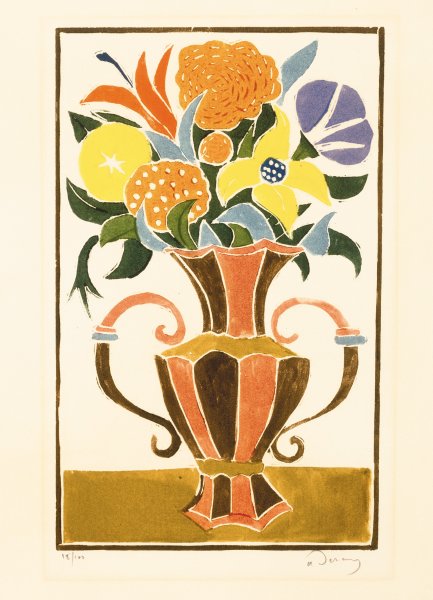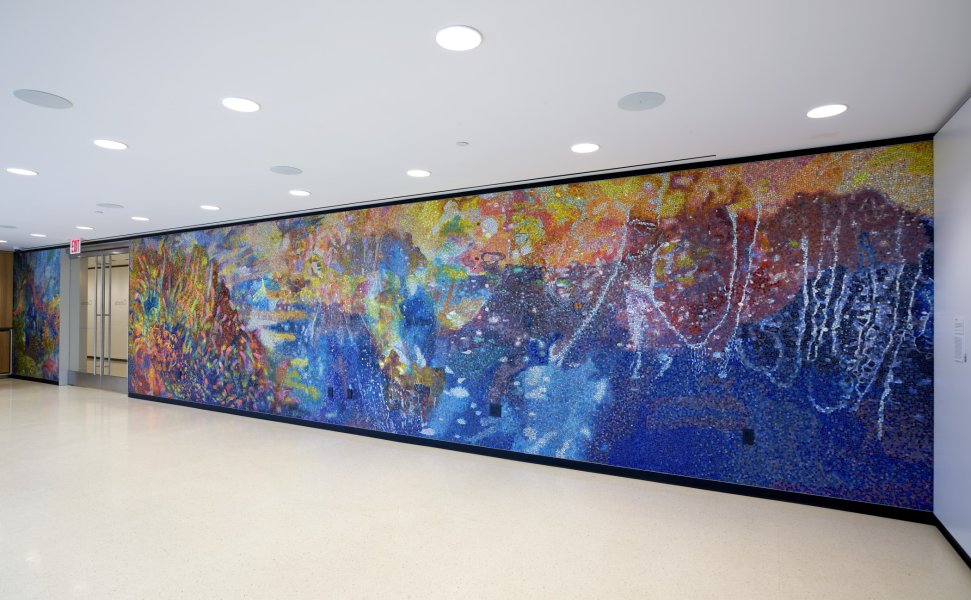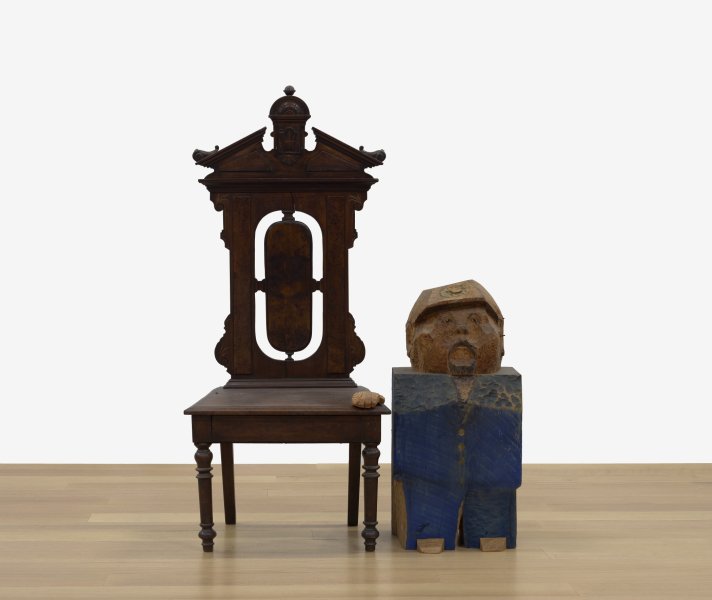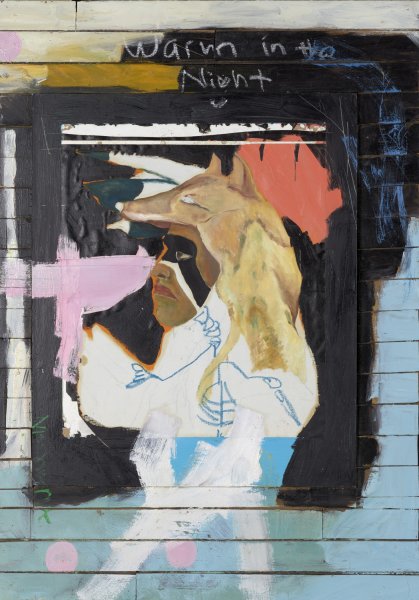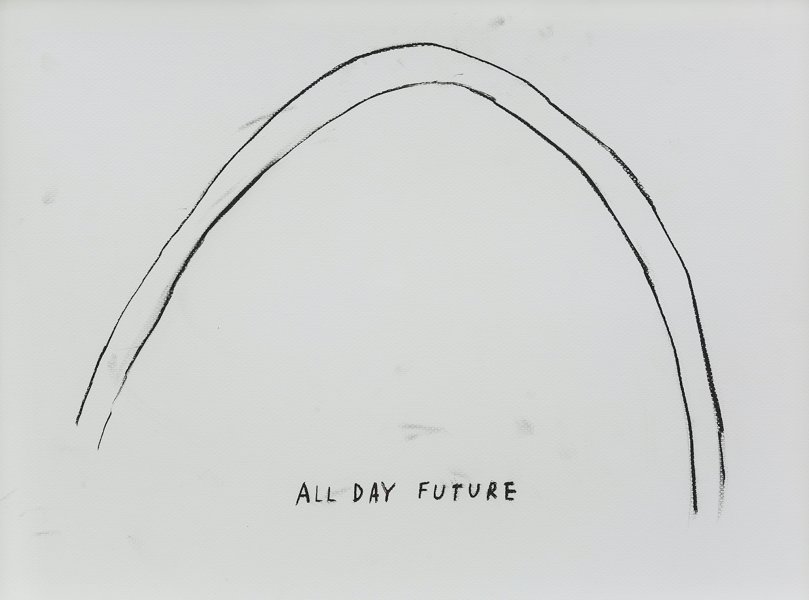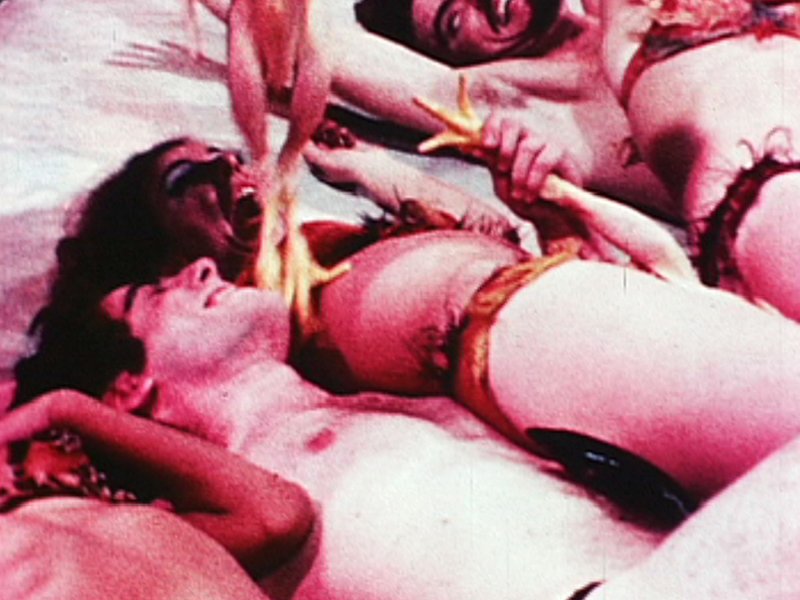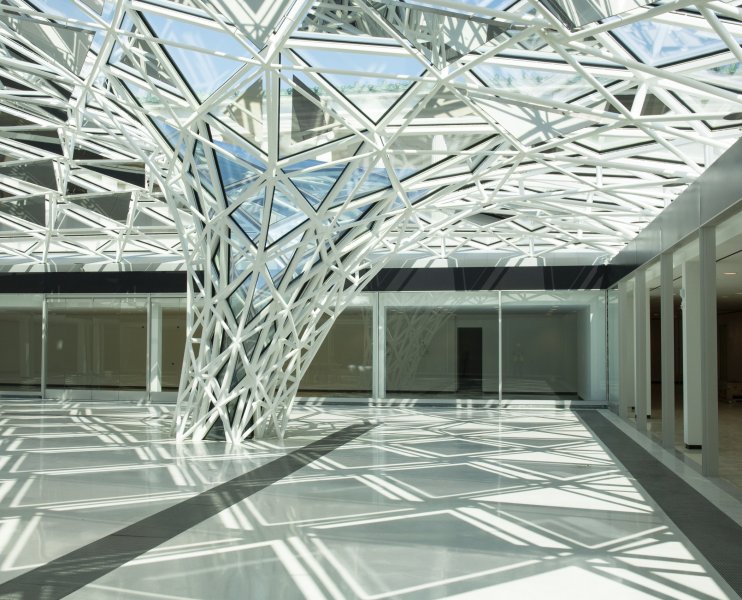André Derain
French, 1880-1954
Les Arbres (The Trees), ca. 1906
Artwork Details
Currently on View
Collection Highlight
Materials
oil on canvas
Measurements
support: 23 3/8 x 28 1/2 inches (59.37 x 72.39 cm); framed: 35 1/8 x 39 13/16 x 5 1/8 inches (89.22 x 101.13 x 13.02 cm)
Collection Buffalo AKG Art Museum
Credit
Gift of Seymour H. Knox, Jr. in memory of Helen Northrup Knox, 1971
Accession ID
K1971:26
André Derain’s rapidly evolving style mirrored the creative vigor of the European avant-garde during the early twentieth century. This painting by a young Derain depicts a vibrant landscape of trees, mountains, and sky rendered in a bold palette of vivid color, such as crimson, coral, ultramarine, and violet. At the time, the artist was working with Henri Matisse and Maurice de Vlaminck as part of a group named the Fauves by critics after the French term for “wild beasts.” These artists characteristically defined forms with rapid comma-like strokes or dashes of lively color. They found inspiration in the sprightly and poetic style of Vincent van Gogh, who employed similarly rhythmic brushstrokes in his expressive paintings. Derain’s marks produce a decorative effect in The Trees, recalling the appearance of patterned textiles. The artist was interested in experimenting with not only pigment and technique but also composition; here, four tall and oddly proportioned trees in the foreground of the work extend beyond the picture plane, inserting the viewer directly into the scene. Though short-lived, lasting only from 1905 to 1908, Fauvism, including Derain’s contributions, set the course of twentieth-century painting toward abstraction and innovation.
